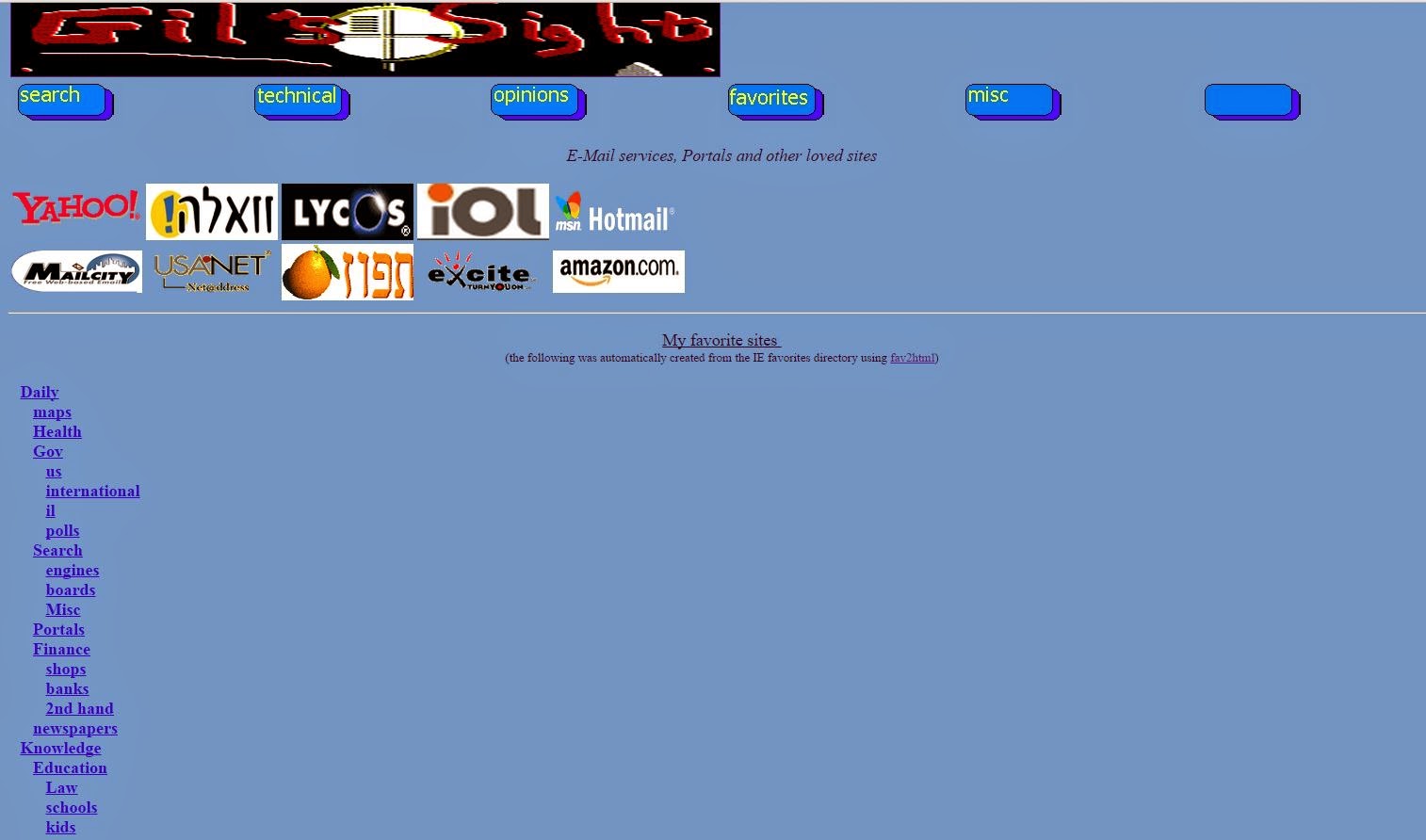I found myself staring at a hard disk that failed about two years ago, and for one reason or another did not get to the usual break-up process I employ when getting rid of old household hard-disks(most probably because of a fantasy I enjoy of trying to salvage the disk or information on it, using those interesting movies one can find on youtube, seeking information salvage). Then I found myself wondering about the production date. How old was this disk? Was there a point in doing anything with it?
It wasn't something particularly logical - I knew the disk was old enough to throw away without any guilt, and yet, I just had a wish - to know how old was that hard disk? was it reasonable MTBF that brought it to its end of life ? Was it reasonable to throw it away without any other last treatments, other than the dis-assembly routine meant to verify it will not be salvaged AFTER thrown to the trash?
The disk, an old Seagate Barracuda (7200.11 model, 500 GBs) came built into an external storage case. It bore on it a date code but nothing dechipherable to my human mind. What could I do?
Having conducted several Google searches, I discovered that deciphering date codes is a little harder than one could have expected.
At First, I tried finding out thru seagate's website, but only came with
their guide to locating the serial number and model. Despite appreciating their inclusive attitude which foresaw the possibility of tackling an online disk and a disconnected disk being provided with
an answer I already knew did not make me happy.I aspired more.
YY stands for the fiscal year. Seagate has a wonderful way to manage a fiscal year, starting on the first saturday of July. That means that YY stands for the second year of the date years involved. 14 for example, would mark a disk manufactured during the fiscal year 2013-2014.
WW stands of the number of the week during the fiscal year (1-52).
D marks the day from the beginning of the week (weeks run from Saturday to Friday in Seagate's view) in which the disk was made. (lets ,make it clear: the day of the WW week, not the week after).
This meant that my 08405 code date bearing disk was manufactured in the fiscal year 2007-2008, on the 40th week of that year, on the 5th day.
But what date is it? I mean, ok, such data gives us this disk was manufactured on the last quarter of fiscal year 2007-2008, which is not too bad, considering I'm writing this during the third quarter of date year 2014. But I wanted to know the REAL production date.
The aforementioned discussion in expert-exchange suggests using the julian date for the calculations, but I found the conversion and re-conversion and all of the jazz in between too cumbersome. And besides, those guys were dealing with the problems eons ago, in Internet-time (one year before I actually purchased my disk). There had to be better tools for this problem in the internet, even if Seagate's people still did not think customers should know production dates easily, certainly those of products not directly purchased from them.
Scratching my head, the solution became clearer:
- First, lets find out when the fiscal year began. According to a 2007 calendar, for my disk, this was 7/7/2007 (a neat date, wouldn't you say?)
- Now, using an internet date calculator, we add X weeks to the original date. This brought me to the beginning of the 40th week - 7/4/2008.
- Now, all that is left is to find the day of the week and counting in my head, I found myself thinking of the 11/4/2008.
mmm...
In the past, hardware manufacturers would place more obvious information inside the case...
Eight tiny
torx screws later (one hidden behind stickers of sorts) it turned out Seagate no longer holds that ancient custom...
More internet searches then...
As always, once you get the right key-words, your search produces a lot more information. Had I known that there is this much abundance of documentation regarding this issue, this post would never have been written, but now, this late in the game, what is the point in dumping it? if it won't help, surely it will not harm anyone... and there is this nagging issue of the difference between my solution and the one provided by that online decoder....
What has my new search of "seagate date code " produced ? (and only in the first page !... how was the new search differently phrased, compared with my initial searches? simply put, i committed the original sin of using too many words. Also, too inaccuracies have fallen. Check the header of this post. Its first half represent where I started my searches. Its second half represents the current stage).
- Have you ever purchased a Seagate drive and wondered how to interpret the Date Code printed on the label? simple and straightforward answer in an australian technology forum.
- Another guy explaining how date code should be decoded (unlike me, not providing his way to this knowledge. but in that aspect, I do believe in sharing the path, because the path is much more important than the outcome, as the path teaches how to fish, and not just how to eat a fish.... ). The interesting thing about this guy, is that I tried to calculate the production date of his disk, based on the label he provided, and there was the same gap - 3 days, just as I had with the online decoder. Could it be that he was using it without telling it ? Or am I making a mistake while everyone else are doing ok?
- Seagate Datecode Calculator at Western Networks. Great! lets see how they compare with the other decoder and with my own calculations? we agree about 2008, 40 weeks, 5th day.... but their production date is... Wednesday, April 9, 2008... yucK! ....checking the guy from the previous point, they did agree with me, not him! Why do we have this day difference?....
Disappointing... seems like I will have to develop my own decoder. Oh well...
After thoughts
- All of this would probably have never been reached such a post had the disk been a non-OEM sale for Seagate. For regular disks, the warranty test at their website produces all needed information, or so I'm told. (no Seagate disk at hand at the moment, but I will check out in the earliest opportunity)
- Until I reach that time and place when a decoder of my own shows up on the web (is it useful enough to be rewritten afterwards as a web-app ? what do you think? mmm... I wonder... not your 1 million $ app, but no one can say this is not a useful little thing... but I digress) - the decoder I recommend is the one suggested by Western Networks.





















